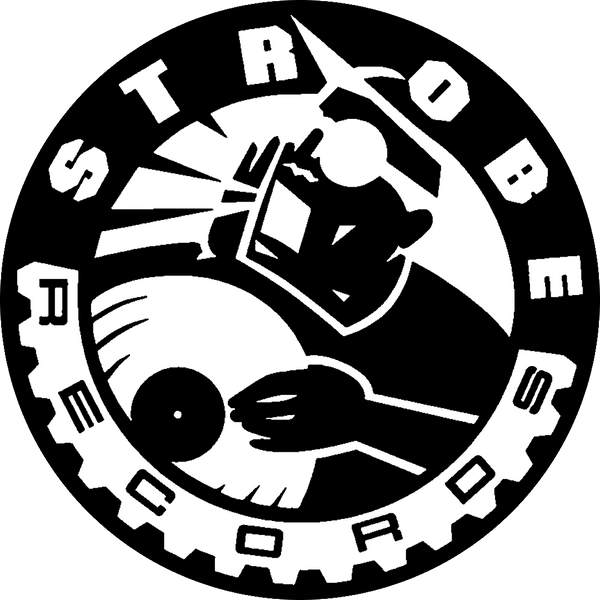Spotify’s DJ Software Integration — The End Of Digital Sales?
Share

On September 24, 2025, Spotify officially announced that Premium users on desktop (Mac & Windows) can now log in to rekordbox, Serato, and djay, and access their Spotify libraries & playlists directly from within those DJ apps. This is a big reversal from earlier policy: Spotify had removed support for third-party DJ apps in 2020 due to licensing/DRM issues.
What does this mean for artists, especially those selling music on services like Traxsource, Beatport, Bandcamp, or depending on streaming revenue? Let’s unpack it.
Key Impacts
1. Increased Exposure, Possibly Reduced Direct Purchases
- DJs now have easier access to the vast Spotify catalog for mixing, set prepping, and performance. That means less friction to try new tracks, deeper integration of streaming library tracks in live sets.
- For some DJs, buying tracks on Traxsource or Beatport is driven by needing high-quality WAV/AIFFs, stems, unique DJ edits, offline files, or owning the license. Streaming quality and licensing issues might make Spotify tracks less attractive for high-end settings (e.g. club sound systems) but good enough for casual or practice gigs.
2. Does This Cannibalize Sales on Download Stores?
- Possibly. If DJs are able to rely more on Spotify for performance (particularly in non-club settings, or smaller/private events), they might buy fewer tracks from Beatport, Traxsource, etc.
- But many DJs and fans still prefer owning tracks—both for quality, reliability (internet access), and for tracks not available on streaming services. Also, download stores often offer 24-bit, lossless, higher fidelity, or exclusive content that streaming doesn’t match.
3. Revenue from DJ Streams: What’s Paid & What’s the Likely Return?
- Per-stream payouts on Spotify are relatively low (often cited around US$0.003-$0.005 per stream) depending on country, metadata, distribution deals, label vs independent shares, etc.
- When a DJ plays a track via streaming inside Serato/rekordbox/djay, that counts as a stream. But that stream will usually come with: lower audio quality (compared to download), DRM/rights limitations, possibly lower fidelity format, maybe no offline version. Those affect whether someone decides to purchase.
4. What Other Platforms Offer Similar Streaming + DJ Software Integration?
- Tidal, SoundCloud Go+, Beatsource Streaming, Beatport Streaming are examples of services that are already integrated with DJ software. DJs have used these to stream directly in DJ apps.
- Platforms like Beatport and Beatsource also pay higher per-stream rates in many cases (especially for DJ-centric use) because their user base tends to engage more actively (selecting tracks for sets, etc.), which can mean more value per stream.
Big Question: Should Artists Remove Their Songs from Spotify / Streaming Platforms?
Here’s where it gets nuanced. Removing a song from Spotify or streaming may feel like you’re pushing people toward purchase platforms, but it has trade-offs.
Reasons to keep your songs on streaming:
- Visibility: DJs will discover your tracks more easily in Spotify playlists; DJs who explore via streaming might come to buy your music later.
- Passive revenue: Every stream, small as it may be, adds up.
- Connectivity: Being on streaming supports algorithmic discovery, playlist features, shareability, etc.
Reasons you might consider removal (rarely advisable):
- If you believe that streaming is undercutting your sales severely, and your fanbase is dedicated and willing to buy.
- If you offer exclusive formats or mastering that streaming doesn’t support.
- If licensing & rights complexity make streaming more of a cost than benefit in your markets.
In most cases, the best strategy is to optimize rather than remove: ensure you have all your metadata correct, rights cleared; offer exclusive content or remixes on download stores; promote direct purchases; and leverage your streaming plays to drive traffic to buying options.
Per-1,000-play economics — download vs streaming
Scenario A — If those 1,000 DJ exposures lead to downloads (ownership)
- Buyers = 1,000 * 2% = 20 buyers
- Revenue per buyer = $1.99 × 70% artist/rights share = $1.393 net to artist/rights
- Total artist revenue = 20 × $1.393 = $27.86
Scenario B — If those 1,000 DJ exposures become 1,000 Spotify plays
- Artist revenue = 1,000 × $0.0035 = $3.50
Result (per 1,000 exposures):
- Download route: ~$27.86
- Streaming route: ~$3.50
- Difference (loss if exposure converts to streaming instead of purchases): ~$24.36 per 1,000 exposures
Bottom Line
Spotify’s integration with rekordbox, Serato, and djay is a big move. It’s an opportunity to get exposure, get more plays, possibly reach DJs who might’ve ignored streaming before. But it’s unlikely to radically shift income for most artists in the short term, because streaming payouts are small, and many DJs will still value download / high-quality tracks.
For digital sales platforms like Traxsource, Beatport, and Bandcamp, the shift might be modest but real. They’ll need to emphasize what streaming cannot offer: quality, ownership, exclusivity, etc.
